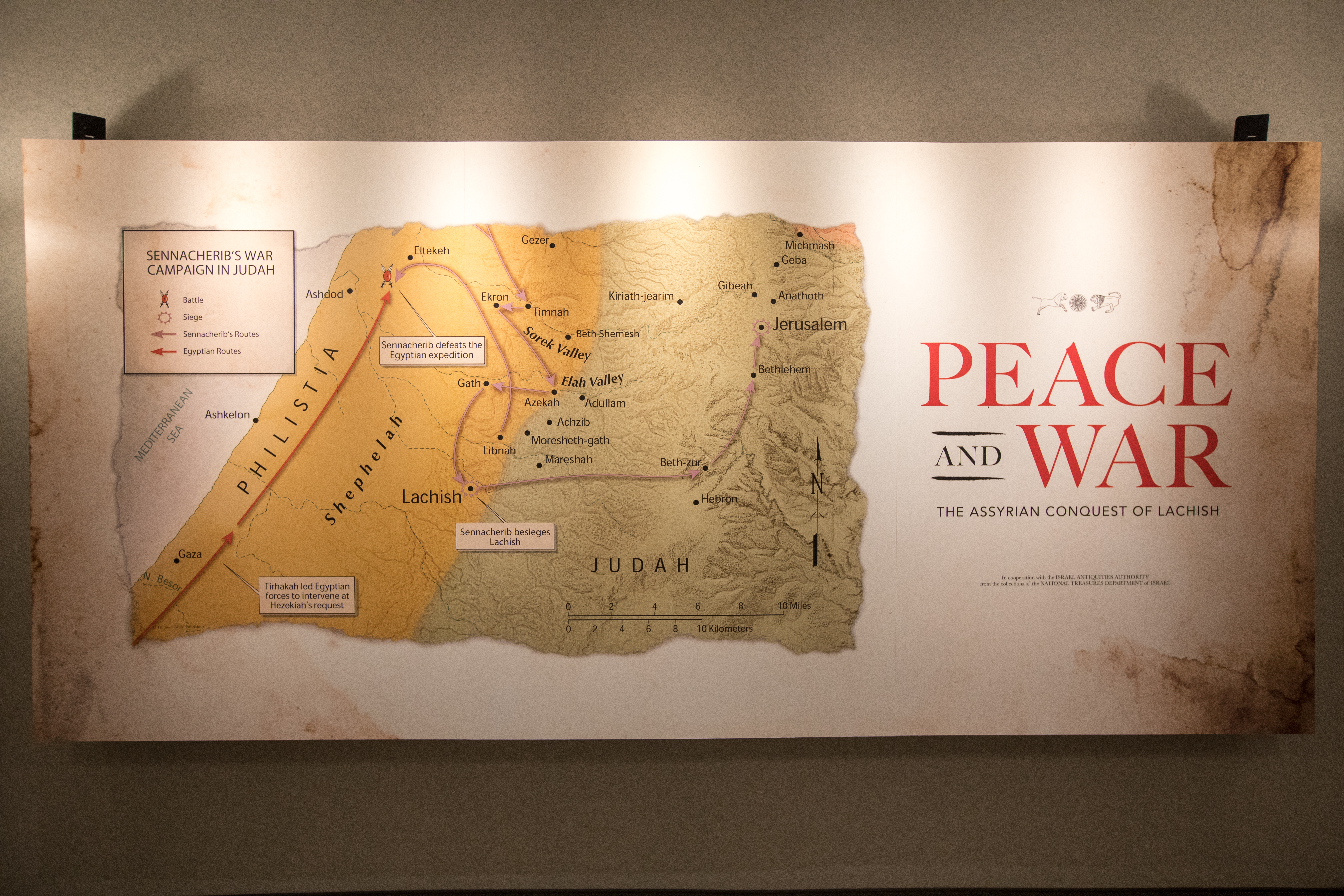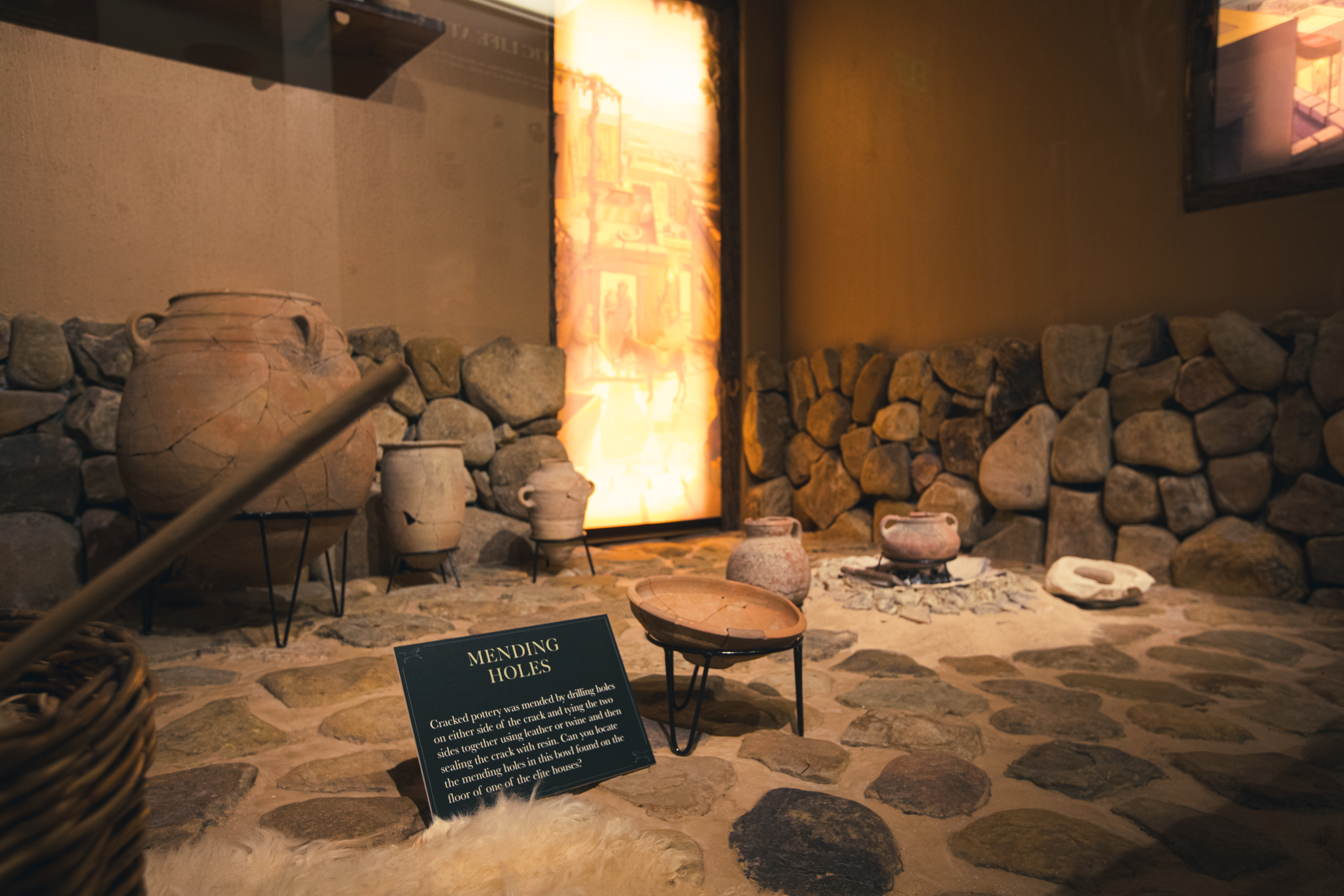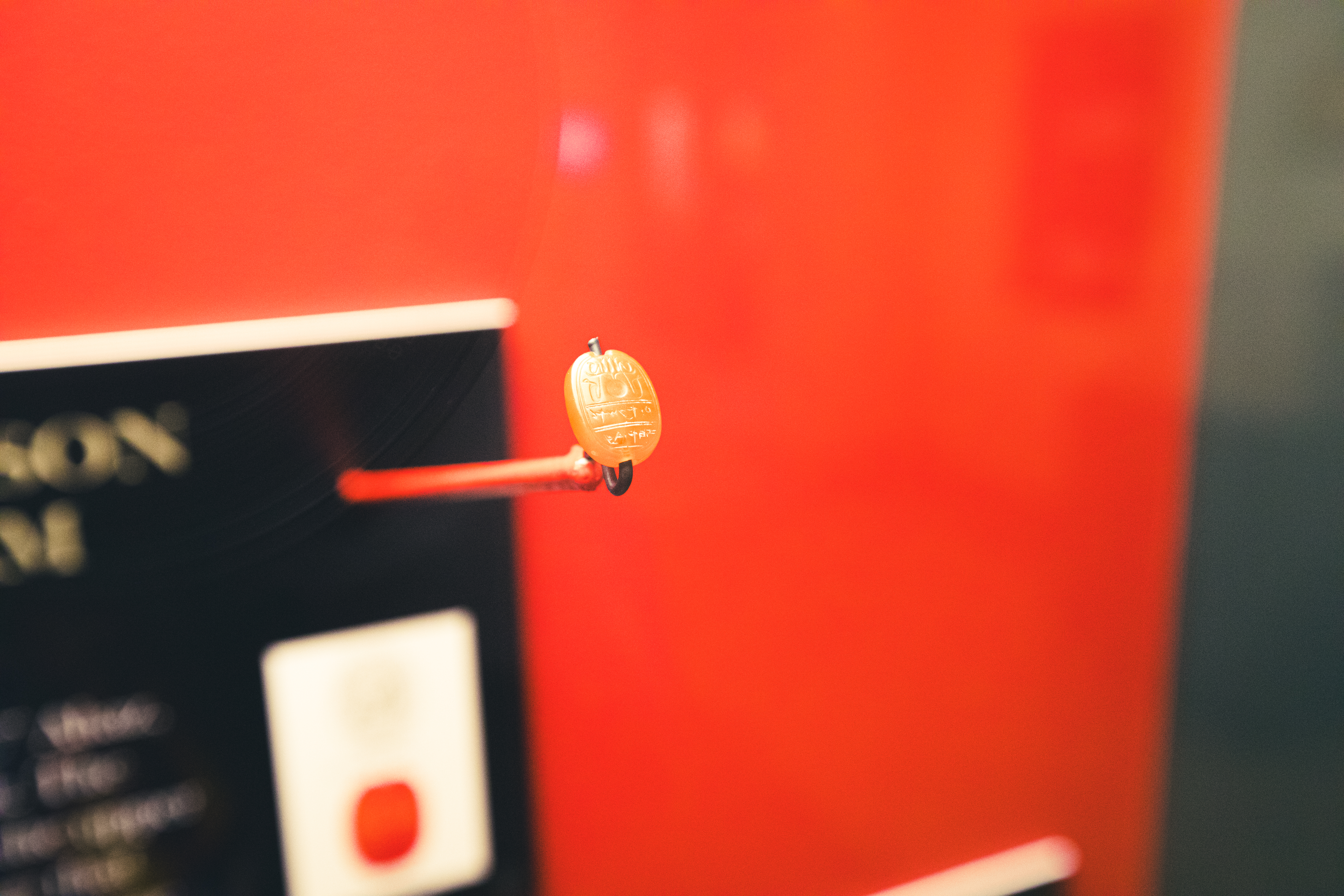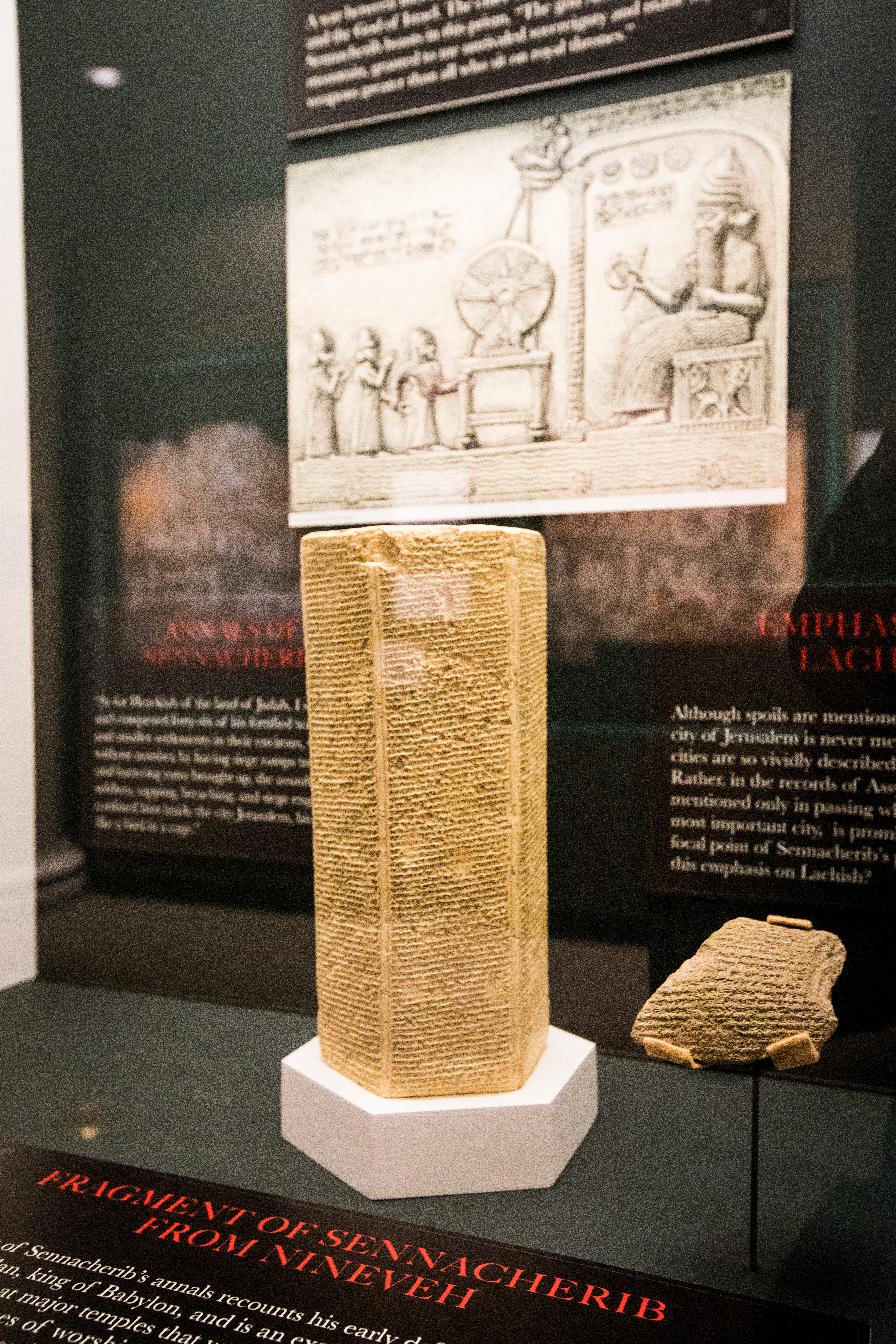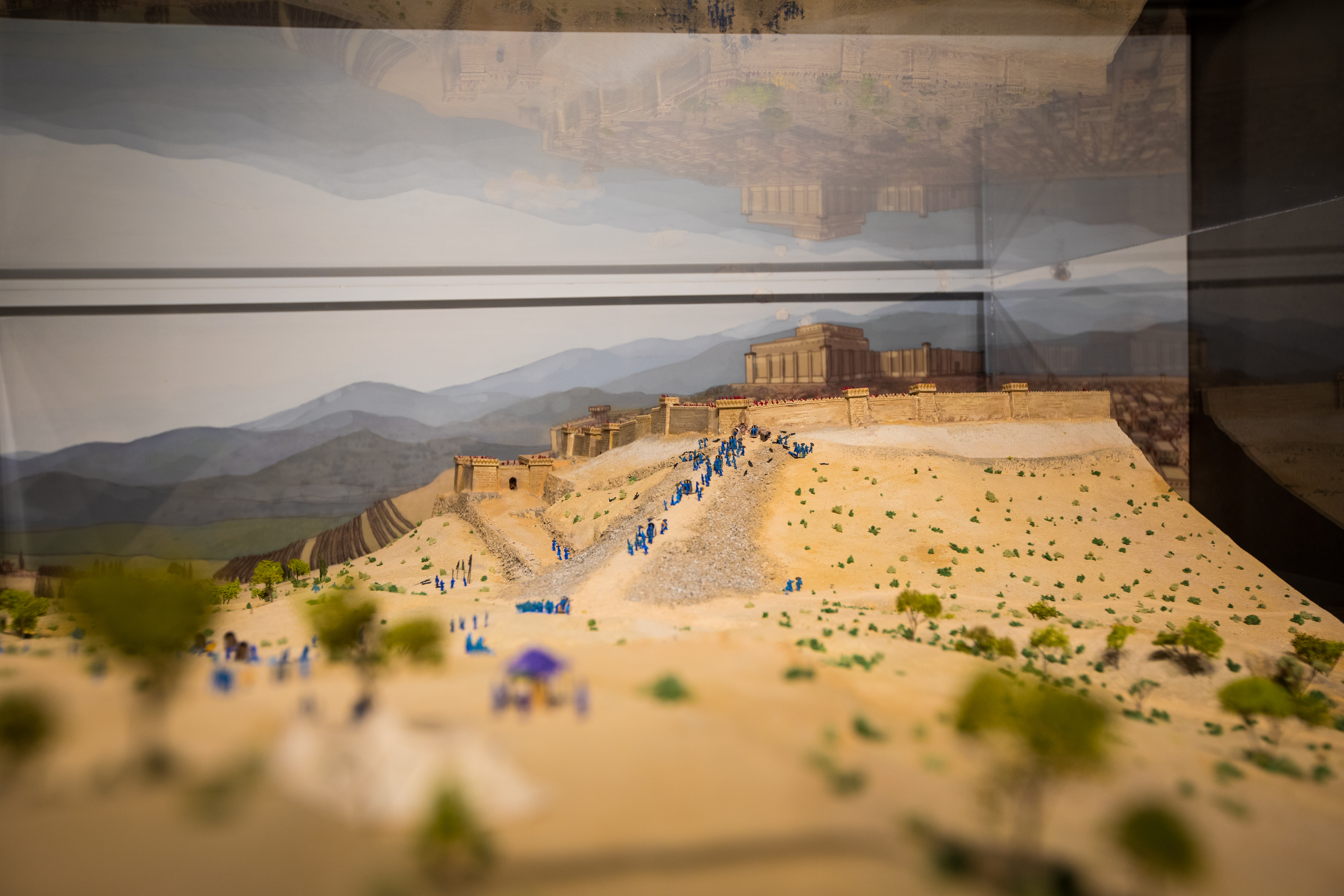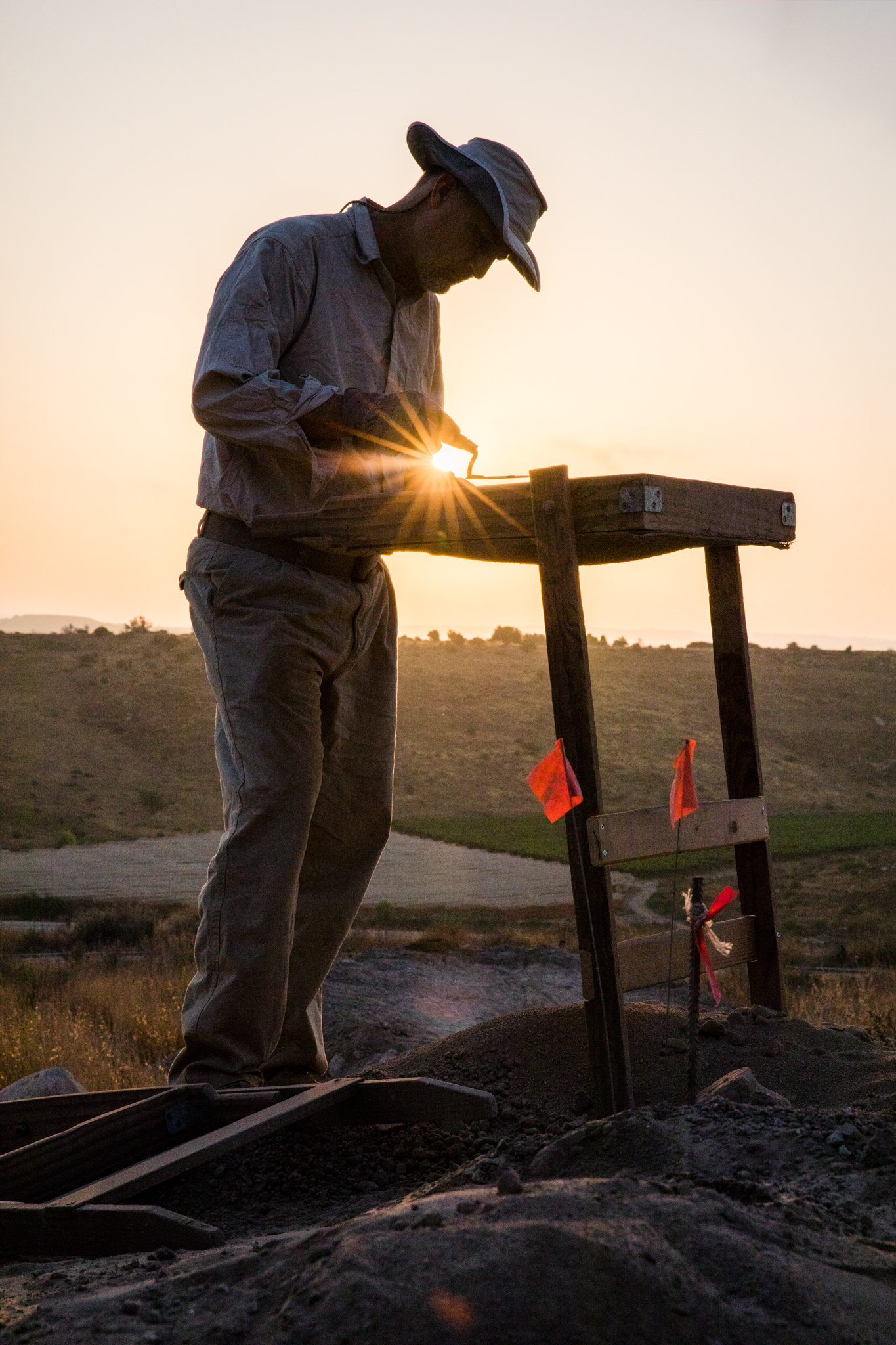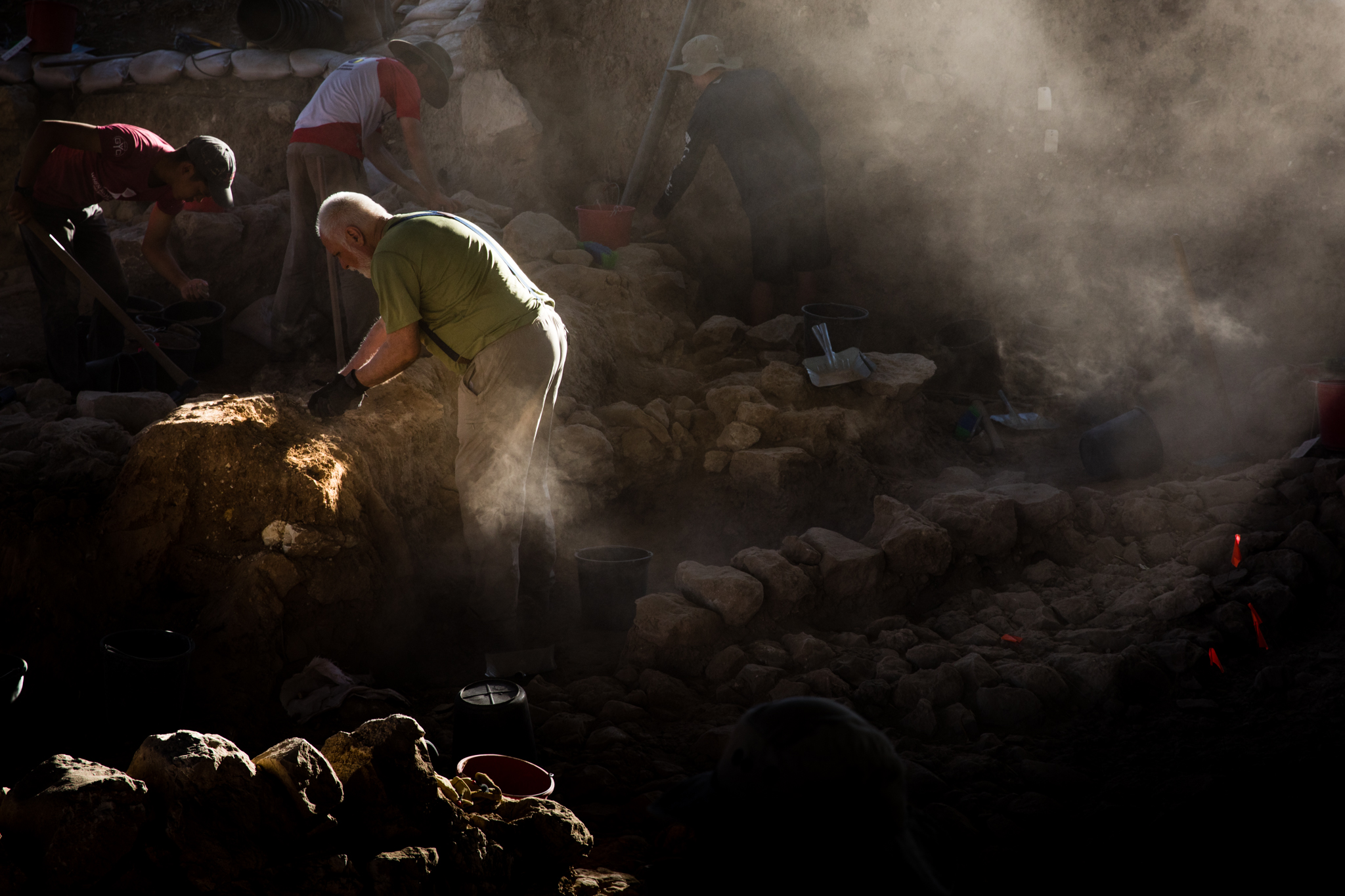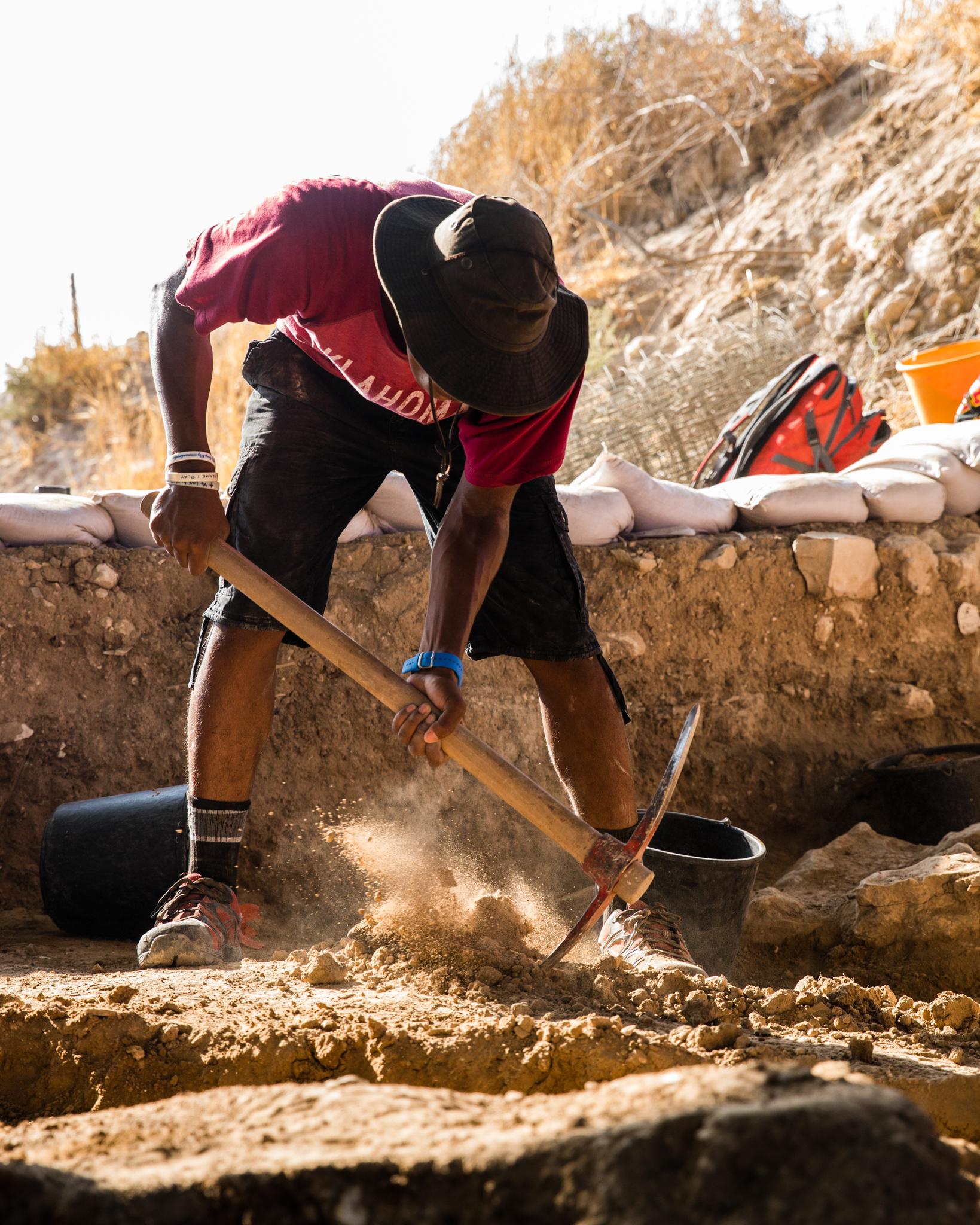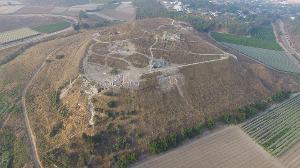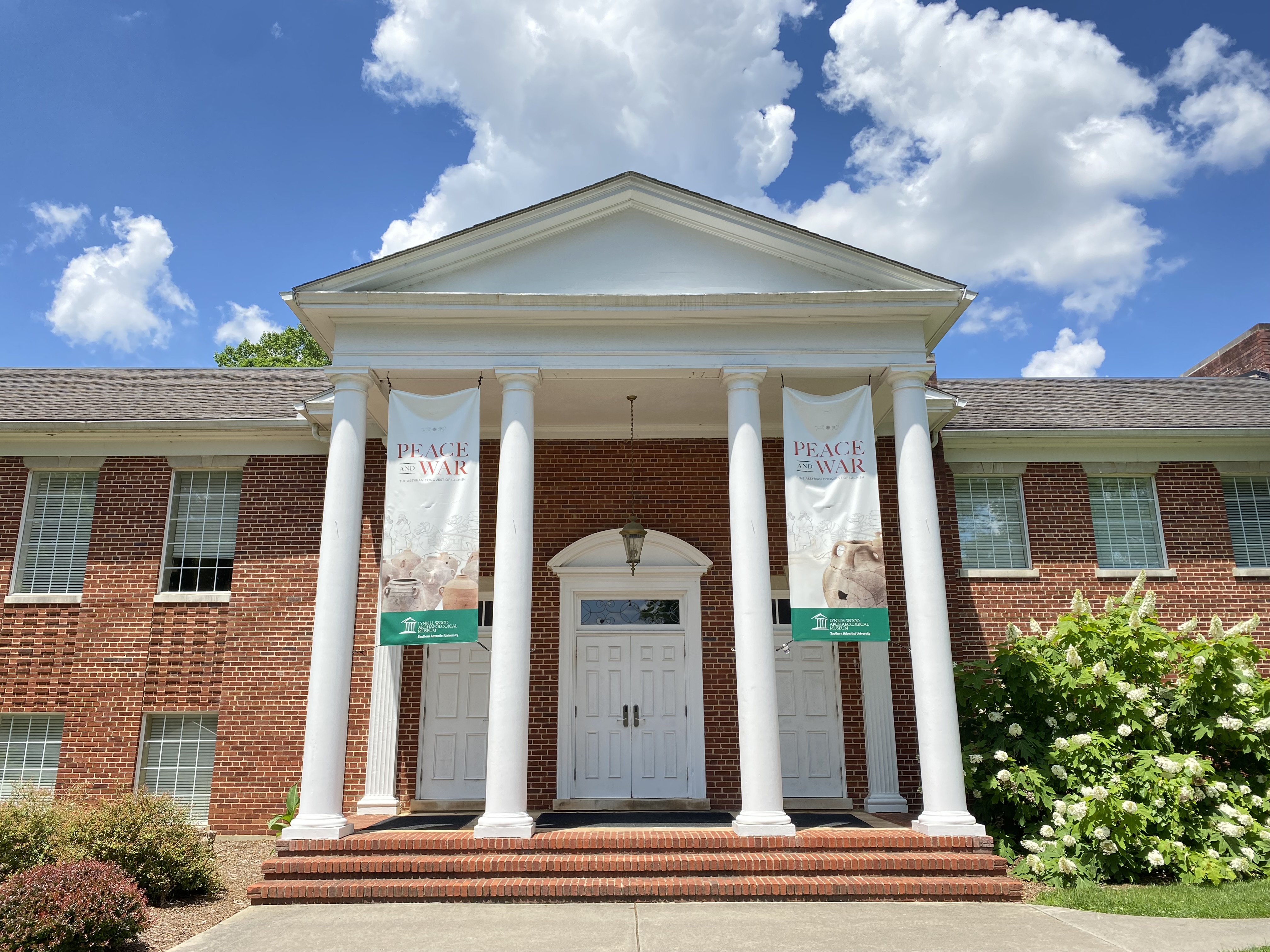
The Museum is open
Visit the Archaeology Museum
Current Exhibition: Peace and War: The Assyrian Conquest of Lachish
Lachish Interviews
During the last session of the Lachish excavation in 2017, students were interviewed about their experiences.
Why We Are Here
Museum attendance has dramatically increased over the last few decades. Every year,
three out of five Americans will visit a museum. People are looking for ways to experience
learning in an unforgettable way. The birth of the Lynn H. Wood Archaeological Museum
began with a vision to bring the biblical world to life dynamically through experiencing
the ancient Near East. Our goal is to continue the Seventh-day Adventist Church's
long tradition of archaeological research in the Middle East. It is vital to study
the biblical world firsthand. Through teaching, research, publication, exhibition,
conservation, and community education, we hope to make this an unforgettable experience
for our students, visitors, and the community.
What We Offer
The Lynn H. Wood Archaeological Museum is honored to be the home of the William G.
Dever Near Eastern Collection, which, together with other donations and acquisitions,
provides the basis for a stunning visual display of more than two hundred objects
from Egypt, Babylonia, Persia, Syria-Palestine, Greece, Cyprus, and Anatolia. Illustrated
through hundreds of photographs, drawings, and pieces of original art, the exhibit
is designed to introduce artifacts in their ancient life setting. Highlights of the
exhibit include an ancient Babylonian brick stamped with Nebuchadnezzar's name, a
complete series of lamps from the Chalcolithic to the early Arabic periods, handwritten
cuneiform tablets from the ancient Ur, and a series of Syrian toggle pins from the
Middle Bronze Age.

